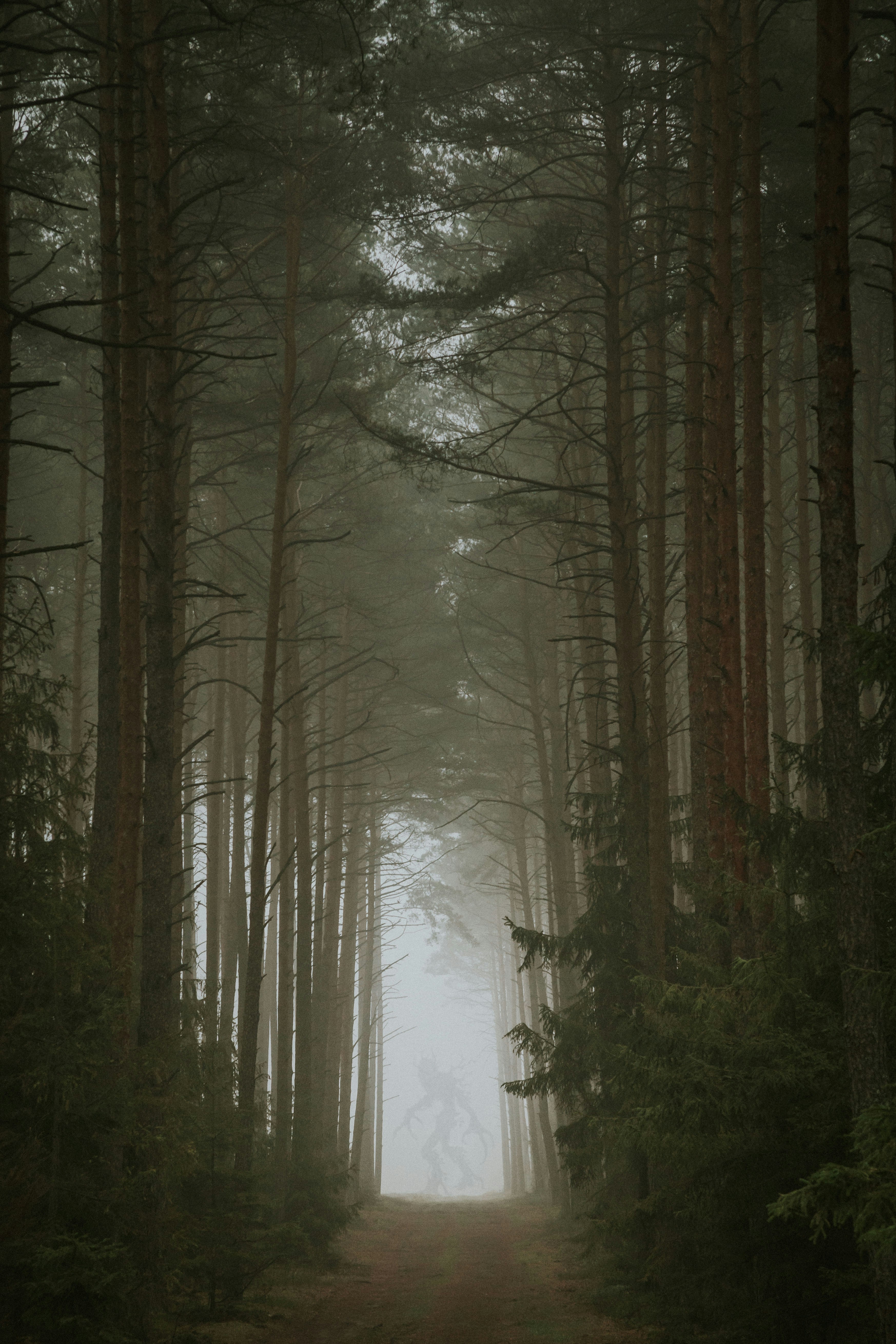
How to beat Goliath
Because size doesn’t matter
I have formulated 6 rules which I call David’s rules. These are for anyone facing the big one ...
The Anamallai Hills are a ridge that is between three thousand five hundred to six thousand feet high and goes like the backbone of an elephant right down the Western side of India to the tip of the subcontinent. Even though it is not called by this name all along this journey and the name changes to High Range in Munnar and then other names, but it is the same range of mountains…all a part of the Western Ghats. Grass Hills and that entire ridge is also home to the Nilgiri Tahr (mistakenly called Ibex). These mountain goats live on the rocks walking up and jumping down from one invisible fold in the rock to another sometimes to get away from predators but often just for the fun of it. Their main predator is the leopard and they retreat to inaccessible vertical ridges in the night to rest in relative safety. More on the variety of wildlife in the Grass Hills later.
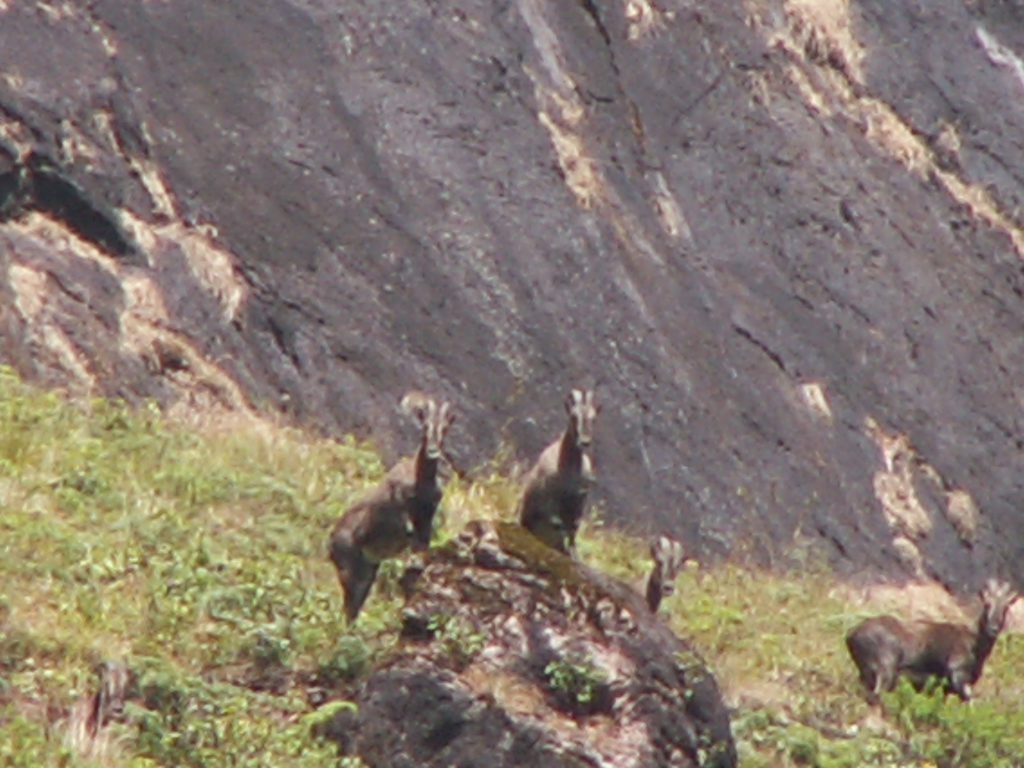
From Valparai Taluk, where the tea plantations of the Anamallais are and where I lived, there is a clear section of the ridge that goes all the way to Munnar in Kerala. These are the famous Grass Hills. They are called Grass Hills because the hilltops are covered with tough tussocky grass which looks like a beautiful lawn from a distance but is very tough to walk through. The land is very acidic and unable to grow anything else. The local Forest Department in its usual ham-handed way decided in the early 80’s to plant Eucalyptus trees and convert the Grass Hills into money making machines. Nobody of course thought to ask the most logical question, “Why is it that if this land could grow trees, there is not a single tree to be seen?” But many millions of rupees and many thousands of man-hours later they learnt the lesson the hard way that these hills will grow nothing but the grass that’s on them. In the grass are also some other small shrubs that are resistant to the wind and cold of the hilltops, which once in a year put forth the most beautiful flowers. I am not enough of a botanist to know all the names, but one of these flowers is famous and gives its name to the hills.
I quote from a website dedicated to the flower: http://kurinji.in/kurinji.html
Neelakurinji (Strobilanthes kunthiana) is a shrub that used to grow abundantly in the shola grasslands of Western Ghats in India. The Nilgiris, which literally means the blue mountains, got its name from the purplish blue flowers of Neelakurinji that blossoms gregariously once in 12 years. Once they used to cover the entire Nilgiris like a carpet during its flowering season. However, now plantations and dwellings occupy much of their habitat. Neelakurinji is the best known of a genus whose members have flowering cycles ranging from one to 16 years. It belongs to the family of Acanthaceae. The genus has more than 500 species, of which at least 56 occur in India. Besides the Western Ghats, Neelakurinji is seen in the Shevroys in the Eastern Ghats.
It occurs at an altitude of 1300 to 2400 metres. The plant is usually 30 to 60 centimeters high on the hills. They can, however, grow well beyond 180 cm under congenial conditions at lower elevations. Plants that bloom at long intervals like Kurinji are called Plietesials.
The valleys are thickly forested often with little streams and waterfalls in them. These are called ‘Shola’ forests in Tamil. The Shola vegetation is peculiar to this habitat and is not found lower down. The trees have thick gnarled trunks, leathery leaves and grow densely together. This means that below them there is no undergrowth and that creates a microclimate that is very cool, even cold. The streams flowing in the Sholas add moisture and this encourages the growth of moss, lichens and orchids and in the higher reaches, Rhododendrons. Philodendrons of many kinds are found in plenty, using the tree trunks to pull themselves upwards in the never-ending struggle for light.
Walking under the trees in the Shola forests is an experience that is impossible to describe but which once lived is never forgotten. Your footing is very uneven and slippery and so you must walk carefully. The ground is soft and damp and usually inclined, so you have one foot higher than the other as you walk. Not very conducive to long walks. But as you walk, suddenly you hear a rustle and a loud cackle and you see the fast disappearing tail feathers of a Jungle Cock and his harem, who were busily feeding on seeds and insects until you disturbed their breakfast. At this altitude in South India, it is the Grey Jungle Fowl that you will see. This is literally the grandfather of all chickens, as all chicken species are supposed to have descended from this one. The females, as in the case of many birds, are a plain brown, their beauty lying only in the eyes of the beholding roosters. However, the males are flamboyant with literally fluorescent, scintillating colored feathers, especially on the neck, which we call the hackle. These feathers shine and change color depending on the angle of the sunlight. The head is topped by a blood-red comb and the tail is a flowing graceful postscript to the whole story of the Grey Jungle Fowl. Just to see them move is a joy. Having extolled their virtues, let me add that they are very good eating, though a lot more gamey than farmed free-range chickens. The hackle makes extremely good flies for fly fishing and a couple of hackle feathers in a hat look very attractive indeed. However, farm chickens are easier to get, and the hackle looks far nicer on the neck of the rooster, so leave them alone and shoot only with your camera.
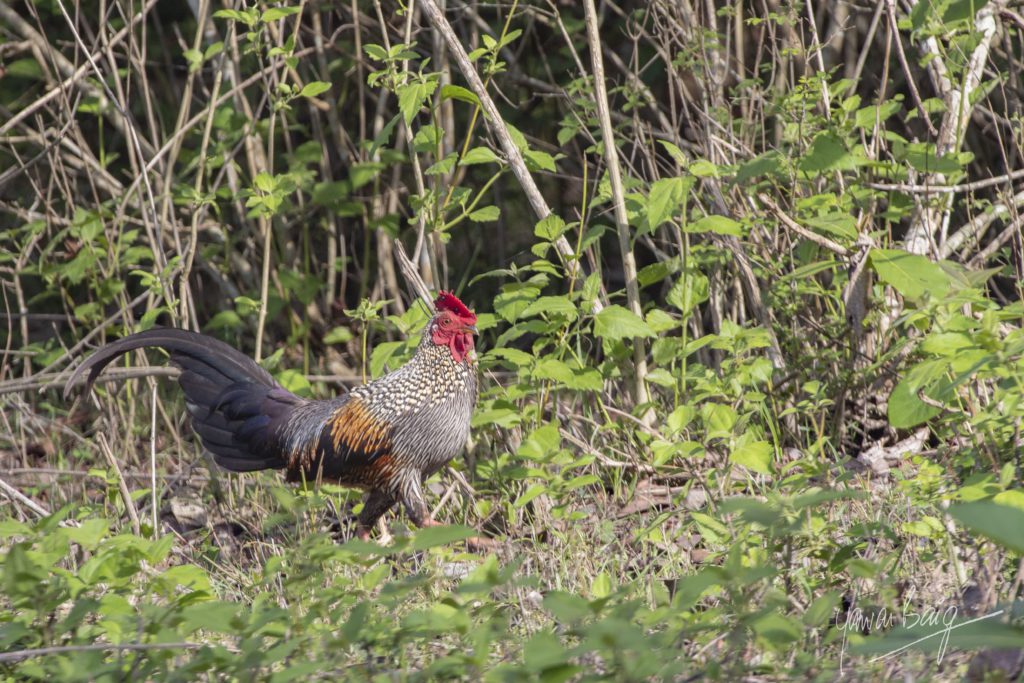
Another delightful inhabitant of the Shola forests is the Malabar Whistling Thrush – also called the Whistling Schoolboy bird. It is a gorgeous blue-black bird, slightly larger than a Myna and whistles just like we do. It is most vocal in the early mornings and late evenings and is an absolute delight to listen to. There was a pair that used to nest in a thick vine of Golden Showers which overhung the veranda roof of my bungalow on Lower Sheikalmudi Estate, and it was wonderful to open your eyes every morning to the whistling of the beautiful bird. Grass Hill Shola forests has more than their fair share of these birds and to listen to them is a delight.
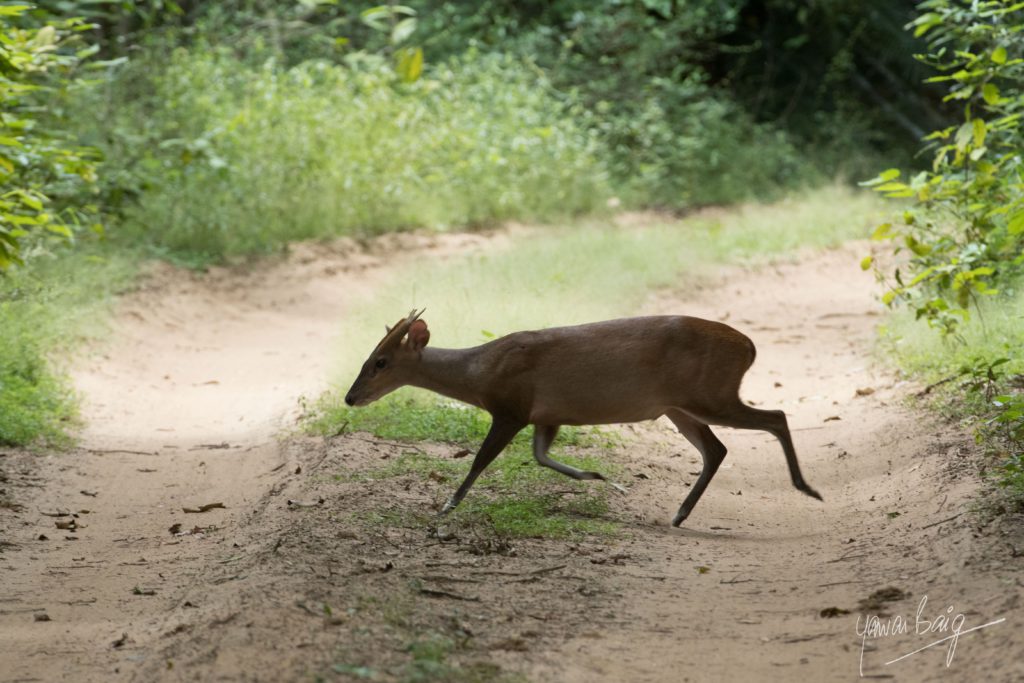
Snakes are around, especially at the lower elevations, so keeping an eye open and wearing leather walking shoes is a good idea. In the stream of light that is let in because of the death of one of the trees, you will find lush growth of grass, other vegetation, and sometimes an explosion of flowers. These sunny patches are also the ideal places to look for the Muntjac antelope, also called Barking Deer. Its alarm call sounds like the bark of a dog, thus the name. When a Barking Deer is calling, almost always it means that he is looking at a leopard or tiger on the prowl and is warning all those who can understand the call to be on their guard. The Sambar is a more reliable sentinel for this warning, but the Muntjac is not too bad either. It’s only that the Muntjac is skittish and sometimes calls even when he is imagining one of the major predators.
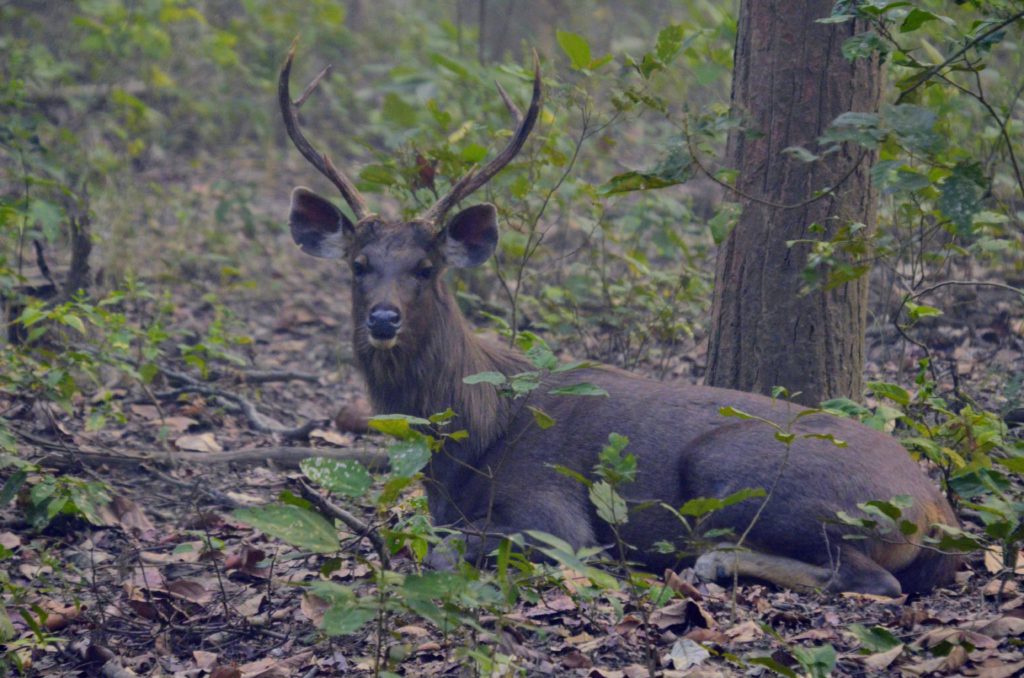
The Shola forests of Grass Hills are ideal habitat for both predator and prey species. The forests impartially shelter leopards, tigers, wild boar, Muntjac, and Sambar. The thick shade hides the hunters and helps the hunted to escape. Depending of course on who sees whom first. The Grass Hills are also home to elephants and it is amazing to see how these huge animals negotiate steep ridges. First, they follow the easiest gradients as they go to the top. Many a savvy road engineer in these parts has simply widened an old elephant track to convert it into a motorable road, saving himself some arduous surveying. Then when they reach the top and must actually negotiate the ridge, they walk in single file, each holding the tail of the one before it. And as they climb over the ridge, the one behind gives the one ahead a push if he needs it. On the way down they do it more simply – they sit down, keep their forelegs extended before them to act as speed breakers, and toboggan down the slope on their behinds.
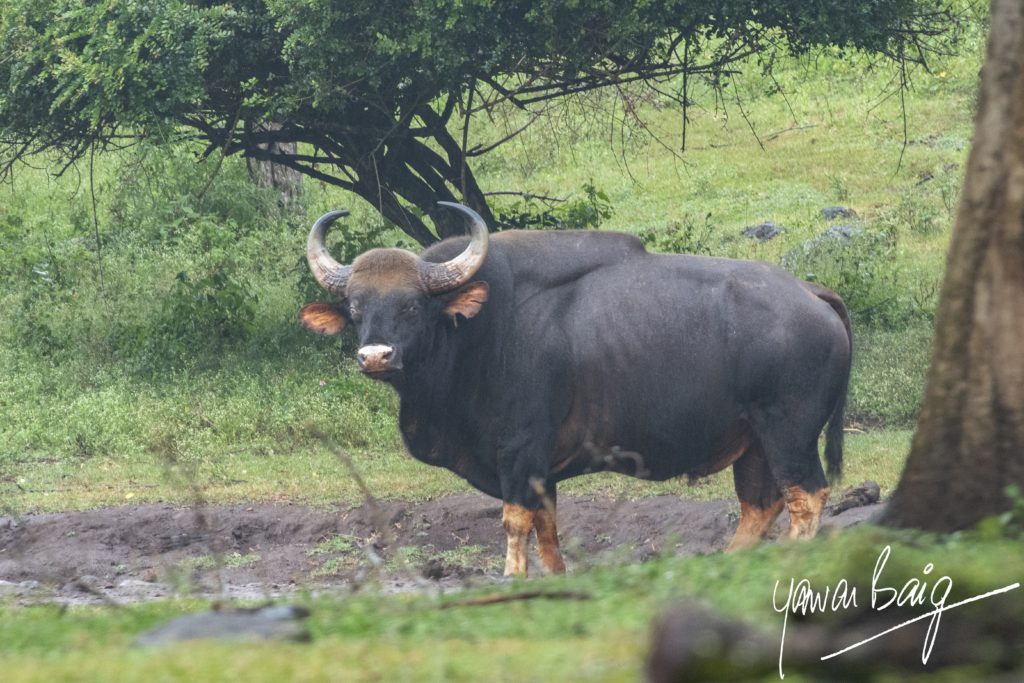
As you climb up from Akkamalai Estate in the Anamallais after walking about 14 kilometers you eventually come upon a substantial stream. In the 70’s and 80’s it used to be stocked with Brown Trout. Usually some enthusiastic planters from nearby estates (Mr. Basith Khan of Tea Estates India was one) would ensure that the check dams were regularly repaired so that the level of water in the stream did not fall too low. The check dams and the little pools they created became good drinking places for Gaur, Sambar, and elephant. While Sambar did not do any damage to the dam, Gaur and elephant sometimes inadvertently broke the dam and the water would drain away. This was disastrous for the fish, which would either be stranded or in the case of the young fry, would become easy prey for the many Kingfishers in the area. So, these dams had to be regularly maintained. Given that maintenance, the Grass Hills stream provided some excellent fly fishing in an ambience that simply can’t be equaled. Where else in the world could you imagine being able to watch a herd of elephants or a lone Sambar while you were standing on the bank of the stream casting your fly? I won’t talk about what the sight does to your casting because that is something that you must experience.
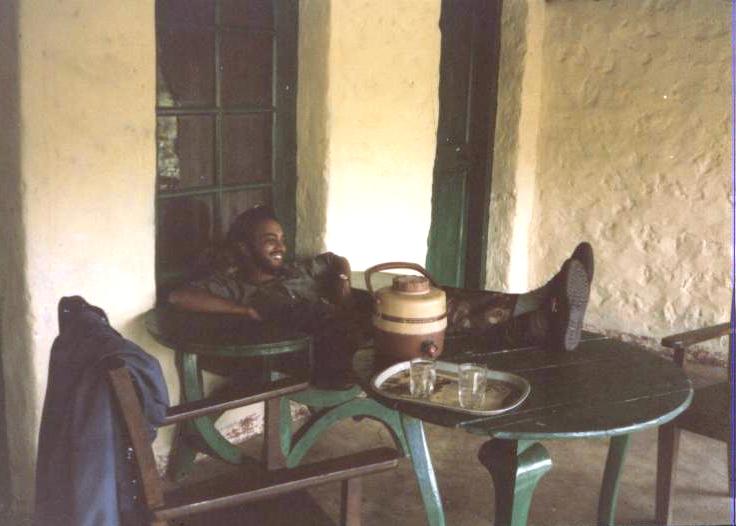
The APA (Anamallai Planter’s Association) had built a cottage on the bank of the stream, called the Grass Hills Hut. Mrs. Alastair Craig, whose husband was a planter in the Anamallais in the 1960s/70s informed me that hut was built in the first instance as a staging post to the South, during World War II in case evacuation became necessary. It was a substantial two-bedroom cottage with a small veranda and an elephant trench all around. There was a flimsy bridge made of planks that you had to walk across to get inside. This was essential because without it, elephants would try to re-engineer the hut; something which they did manage to do on a couple of occasions. It then fell into disuse and later the Forest Department took it over and has now constructed a big concrete structure in its place with all the charm of a government building, totally incongruous and sticking out like a sore thumb, built in the style of architecture which Auntie Mohini used to call, Modern Indian Horrible.
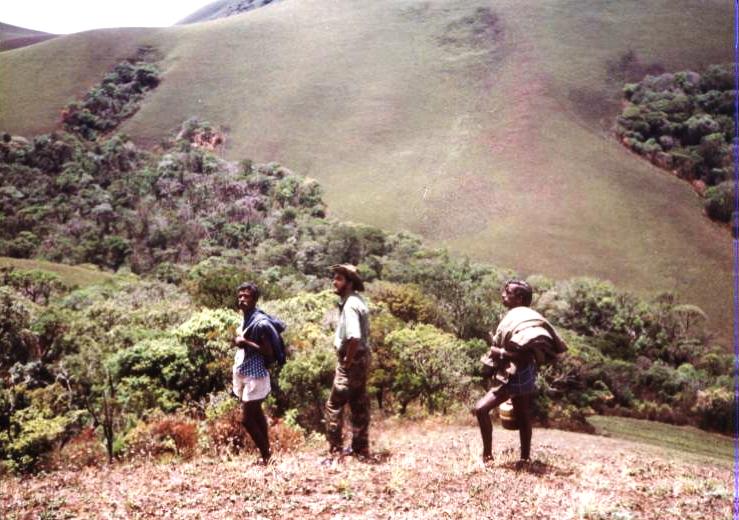
I used to go to Grass Hills as often as I could with my two companions, the Raman brothers. They were cousins and had the same name. We would leave my motorcycle in the garage of the Assistant Manager of Akkamalai Estate – it didn’t matter if you knew the person or not. It was our code of hospitality that at such places your house was open to anyone who needed help. If someone wanted to park a car or motorcycle or needed some petrol or a cup of tea, he only had to ask, and it was all provided with a smile. The Raman brothers and I would start walking up. The distance to the APA Hut is about fourteen kilometers. If you don’t take the road and instead walk up the hillside it is a couple of kilometers shorter, but you need a lot of stamina for the climb. The climb is steep, the elevation (six thousand feet) takes its toll especially if you are not used to it – as I discovered when I went to the Grass Hills in 2007 after a gap of twenty years. The footing is very rough and uncertain as the tough tussocky grass grows in clumps and you must find your way between clumps. If it has been raining, then almost every single blade of grass will have a leech or two on it and you are more than likely to be viewed as manna from heaven by them. But if you can overcome the effort and the bloodshed then you are rewarded with some of the most spectacular views that you could ever imagine. The road is simpler and easier but like all simpler and easier tasks, less rewarding.
On one occasion the Raman brothers and I decided to walk up to a high ridge, which has some caves. When we eventually reached there, we discovered that there was a whole field of marijuana being cultivated in the valley behind the ridge and the cave was the living quarters of the farmers. In the middle was the cooking fire with their bedding stacked neatly in the corners. In one corner there were wires to make snares for small game. Come to think of it, it was a very nice place to live with spectacular views, a stream of clear, cold water to drink from, a waterfall of ice cold water to shower under if you like that kind of thing, dry and warm accommodation, fresh meat, and safety from the long arm of the law. And if the arm did get extended this far, it was sent away with a handful of money. The occupants of the cave were not present when we reached there, which was probably a good thing for us. Such people tend to take a different view of guests.
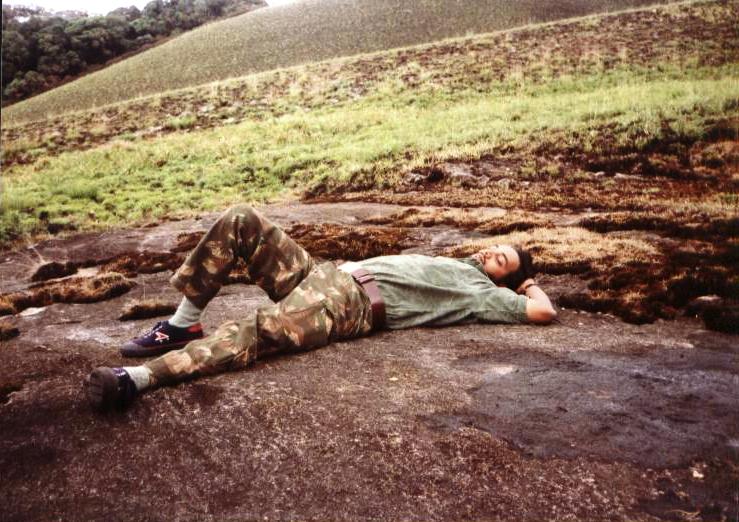
We descended the ridge and made our way to the APA Hut. There the Raman brothers got busy with cooking our evening meal, the makings of which we had carried with us while I went downstream with my rod to catch a fish or two for the pot. To my disappointment, the check-dams had been broken by elephants and the pools had been drained and so there were no fish to catch except some very small fingerlings which were not worth the effort. But that didn’t detract from the wonderful view of the sun going down behind the high ridge leaving behind an orange glow long after it had disappeared. I sat there until Raman the Elder came to call me. We ate our meal together and I got into my sleeping bag while the Ramans had their last smoke for the day before turning in. There was no need for a watch as we were surrounded by a trench around the hut. There is no danger in sleeping in the wild except from men with evil intentions.
Grass Hills is very cold at night, so a good sleeping bag is essential. It is a very rare pleasure to be able to lie in your sleeping bag and listen to the sound of silence, broken occasionally by the call of the hunter or the unlucky hunted as it ends its life. There is the hooting of the owl and the occasional moan of the tiger. But for the most part, the night at that elevation is silent. As the sky lightens, the precursor of dawn, I hear stirring in the kitchen where the Ramans made their bed. Social barriers (I was the manager) remain despite my every attempt at destroying them. But the fact that I don’t practice them gets me loyalty that transcends time.
When I visited the Anamallais in 2007, one of the things I did was to revisit Grass Hills with my friends, the Ramans. They were as eager to go there again as I was. This time we didn’t spend a night in the hut, but we did the walk up the hill, a source of great satisfaction and achievement for us all that we were still able to do it, despite being twenty years older. Almost nothing has changed in Grass Hills, mainly because the road is unmotorable and people are too lazy to do the climb. So, it remains relatively untouched. We did see a dozen forest guards with backpacks walking back from the Forest Department Cottage. What they are doing there in those numbers, I have no clue. But I hope it is something for the preservation of that wonderful habitat.
Please log in to leave a comment
Loading comments...

I have formulated 6 rules which I call David’s rules. These are for anyone facing the big one ...

One of my friends who comes from ...
I have said this a million times, if I have said it once – the three crimes committed on society with society’s blessing are: Commerci...